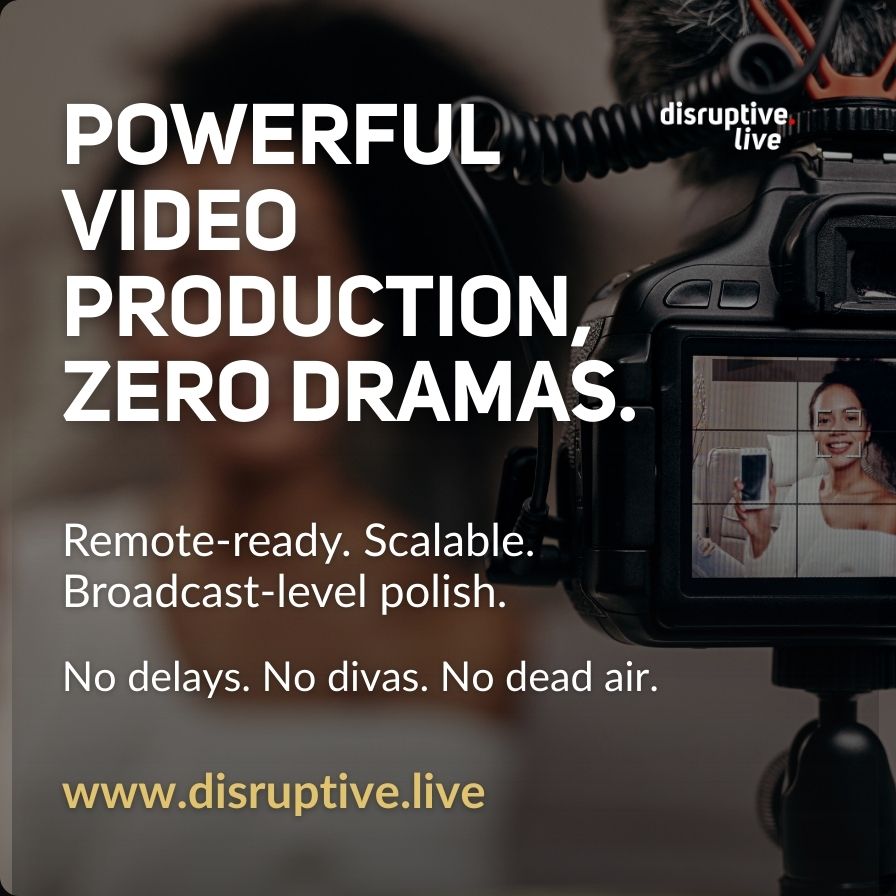The present and future of computing are very intriguing. Although our current classical computers are ever more sophisticated, new and different calculating methods appear. This paper will be incomplete if it does not mention how AWS Braket unlocks quantum computing. Additionally, the recent advancements made by AWS and NVIDIA are noteworthy because we are seeing improvements in computers and a new generation of computers.
Understanding the Potential of Quantum Computing
In its simplest form, quantum computing is the application of quantum mechanics to computing. Quantum computing uses quantum mechanics to do this. Quantum bits or qubits differ from the usual bits, either off or on state. In this state, qubits can be simultaneously in more than one state due to a phenomenon known as quantum superposition. Imagine a coin that is not only black or white but both simultaneously; this is the new age of quantum mechanics.
This ability to provide simultaneous outputs makes quantum computers far more powerful than classical computers. They are not just new and better computers; they are new computers that can solve specific problems beyond the reach of classical systems.
Introduction to AWS Braket: A Cloud-Based Platform for Quantum Computing
The launch of AWS Braket in 2019 was a prudent action regarding this new technology. Instead of asking organisations to invest in quantum hardware, AWS provided a cloud platform where individuals and organisations can apply quantum algorithms across different hardware, including superconducting circuits, trapped ions, and neutral atoms.
The platform’s pay-as-you-go model has made quantum computing available to the public for the first time. This democratisation of quantum computing mirrors our transformation in other technical fields, where virtual events have made complex technologies accessible to global audiences. It is no longer necessary to spend a lot of money initially and then hope it will be used well. Organisations can begin with quantum, play around with it, and grow their quantum strategy based on actual application instead of assumed potential.
For those looking to understand how generative AI enhances the potential of quantum computing, this article on Generative AI unlocking quantum computing data potential provides valuable insights into how AI and quantum computing are converging to drive the next wave of innovation.
This discussion on Disruptive Live also explores how AWS Braket makes quantum computing accessible and what it means for businesses looking to integrate quantum strategies.
The Current State of Quantum Systems
We are still facing many problems with quantum computers. They are inaccurate once out of a thousand operations, not the one-in-a-billion accuracy required for most business applications. This is not just a minor problem but a critical issue determining how we work with quantum computers today.
That is why the AWS approach via Braket is so essential. With the ability to access several quantum hardware ecosystems, each with its benefits and downsides, AWS Braket unlocks quantum computing to allow researchers and organisations to explore various strategies and identify the most effective solution—the most appropriate solution for their problem.
NVIDIA: A New Player in the Quantum Computing Scene
Another critical step is NVIDIA’s inclusion in quantum computing through its CUDA-Q platform. Using its experience in GPU acceleration, NVIDIA has provided a means of implementing realistic quantum system simulations 75 times faster than conventional methods. This boost is very valuable in generating and optimising quantum algorithms for actual quantum devices.
The integration of CUDA-Q with AWS Braket is a great synergy. Scientists can now use NVIDIA’s high-performance simulation tools to write algorithms and translate them to run on various quantum hardware via Braket.
Designing the Quantum Data Centers of the Future
The quantum data centres of the future will not be different buildings from the conventional ones. It is the best way to describe the environment where quantum processors are integrated with classical computers to solve specific tasks that are more suitable for one or the other system. This integration is already possible through services like Braket Direct, which enables expert users to engage directly with the quantum hardware providers.
Error correction, algorithm development, and hardware optimisation all require the cooperation of quantum and classical systems. Networking, latency, and system integration issues have also inspired the development of new hardware and software solutions.
How to Get Ready for the Quantum Combat
For organisations looking to implement quantum computing, there is a clear path through AWS’ Quantum Embark program. This step-by-step approach helps organisations to graduate from quantum intrigue to quantum maturity through three key stages:
- Determining the possible quantum application that is relevant to their industry.
- Practical application of quantum hardware.
- In-depth study on quantum research and algorithm development.
Its modular structure allows organisations to develop their quantum strategy quickly and gain experience with quantum systems.
The Future
Although the quantum advantage is still distant in the commercial world, the foundation is being created today through services like AWS Braket and NVIDIA’s CUDA-Q. Integrating quantum and classical computing is not only a technical idea; it is becoming an operational fact. For companies that are still unsure when they should start implementing the quantum strategy, the answer is simple: now. This is not because quantum computers are ready for production use but because it takes a new level of comprehension of what computation is and will be.
As quantum technology advances, AWS Braket is making previously unattainable computing capabilities a reality, transforming groundbreaking research into practical, real-world solutions.
Resources and the Path Forward
Access to quantum computing tools has never been easier. Through AWS Braket, organisations can begin to explore quantum algorithms on both simulators and real quantum hardware. Leading organisations already leverage advanced virtual production techniques to demonstrate these quantum computing concepts and make them more tangible for stakeholders. The simulation of quantum algorithms is the CUDA-Q platform of NVIDIA for efficient and fast development and testing.
To understand the impact of quantum computing on the industry, this expert session on Disruptive Live features discussions on quantum integration, cloud-based solutions, and real-world applications.
Whether you are a researcher attempting to find new and innovative ways to design quantum algorithms or a business leader seeking insights into the future of computation, the barriers to entry have never been lower. It is not just coming but in different forms across different technological areas.
As we continue on this journey, one thing becomes increasingly clear: The future of computing is not in quantum or classical computing but in integrating the two. Platforms like AWS Braket and other collaborations between industry partners create that future today.




